Introduction of Sichuan-Tibet Railway
The Sichuan-Tibet Railway starts in Chengdu, Sichuan Province, passing through Ya'an City - Ganzi Prefecture (Luding County, Kangding City, Yajiang County, Litang County, Baiyu County, Jiangda County) - Changdu City - Linzhi City (Basu) County, Bomi County, and Bayi District) - Shannan City (Milin County, Lang County, Gongga County), and arrives in Lhasa, Tibet. The total length of the line is 1,838 kilometers, the cost of building the line is about 216.6 billion yuan. The length of bridges and tunnels is 1,413 kilometers, accounting for 81% of the line.
The Sichuan-Tibet Railway has a total length of about 1,800 kilometers and nearly 800 kilometers going through the Hengduan Mountains. There are nine super-long tunnels over ten kilometers and six tunnels over 30 kilometers. Two 50-kilometre super deep tunnels will be created: 54-kilometer-deep Yigong Tunnel and 53- kilometer-deep Shubola Ridge Tunnel. The length of the 9 super long tunnels are as following:
1 Zheduo Mountain Tunnel 32766m
2 Haizi Mountain Tunnel 25080M
3 Mila Moutain Tunnel 29370M
4 Zila Moutain Tunnel 32655M
5 Yela Mountain Tunnel 28639M
6 Shubola Ridge Tunnel 23629M
7 Duomuge Tunnel 36079M
8 Yigong Tunnel 42510M
9 Sejila Mountain Tunnel 38310M
Opening time: The entire Sichuan-Tibet Railway will be open in sections. The planed completion of the entire line will be in year 2025, and the planned opening time will be in 2026. When the whole line is completed, the travelling time between Sichuan and Tibet will be shortened from the current 40 hours to about only 13 hours. By December 28, 2018, the Chengya section of the Sichuan-Tibet Railway successfully opened, which marked as the first railway in the western region of Sichuan Province.
The significance of the Sichuan-Tibet Railway:
Among all the railwaylines to Tibet, the Sichuan-Tibet Railway is the most difficult and the most expensive one to build. From the Chengdu plain to the Sichuan-Tibet line on the Qinghai-Tibet Plateau, there are five totally different geomorphological features along the way: the Sichuan Basin, the Western Sichuan Alpine Valley, the Western Sichuan Alpine Park, and the Hengduan Mountains and the Southern Valley in the southeastern part of Tibet. The project started planning when the People’s Republic of China just established. Due to the natural conditions and various other reasons, construction began in 2014, which is of great significance to China's railway construction. By connecting the Sichuan-Yunnan region to the northwestern Sichuan and the Tibet region, it makes it easier to enter Tibet, to transport more goods and passengers to and from Tibetan areas, which greatly promote the local economic and tourism development.
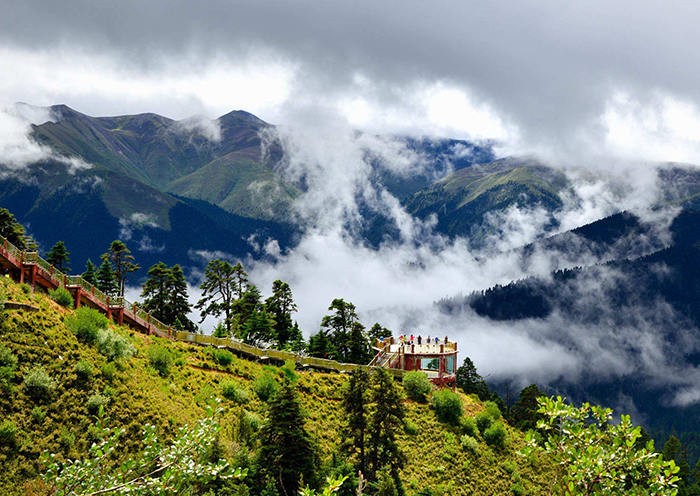
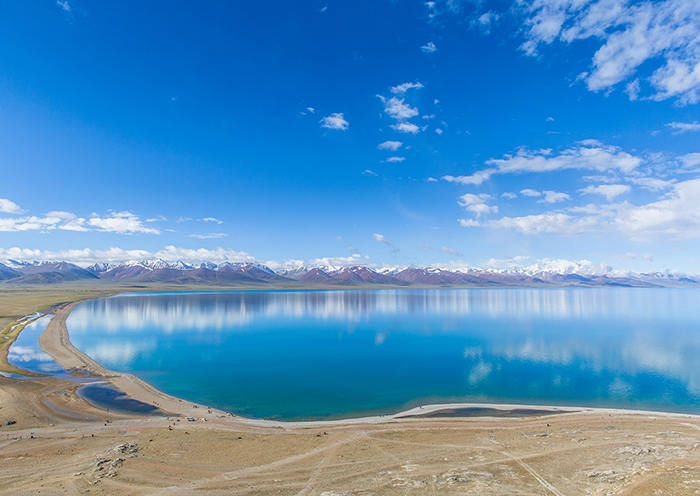
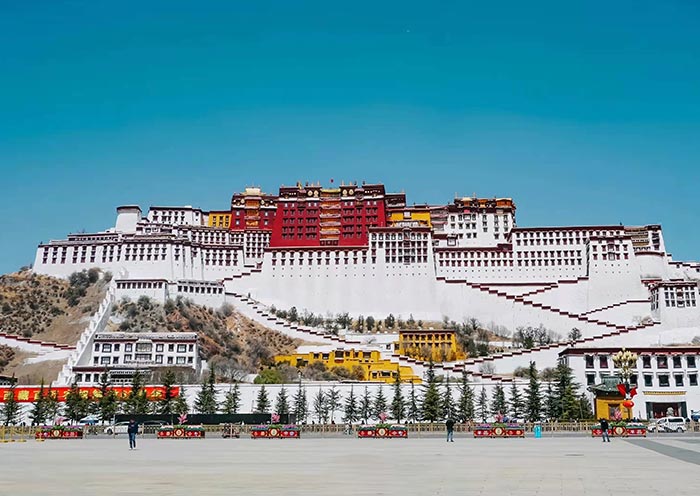

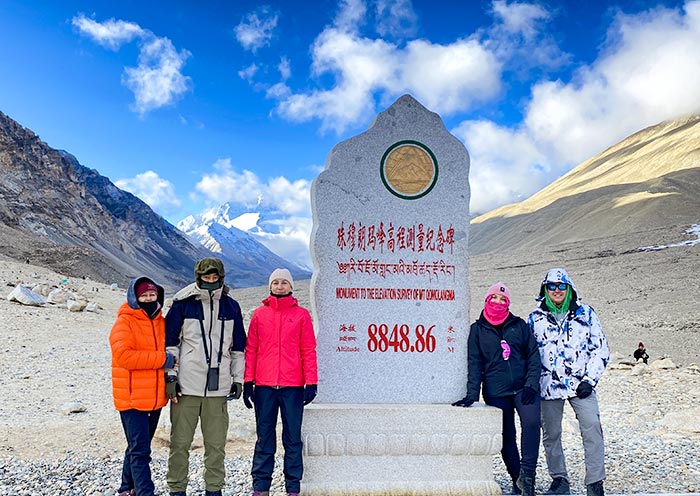

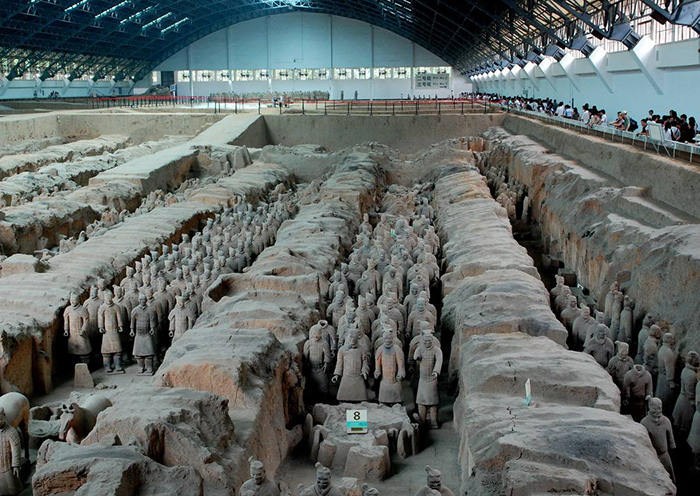
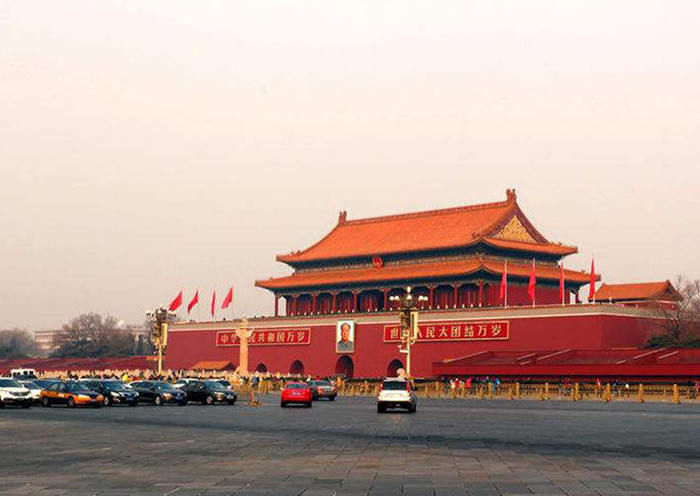
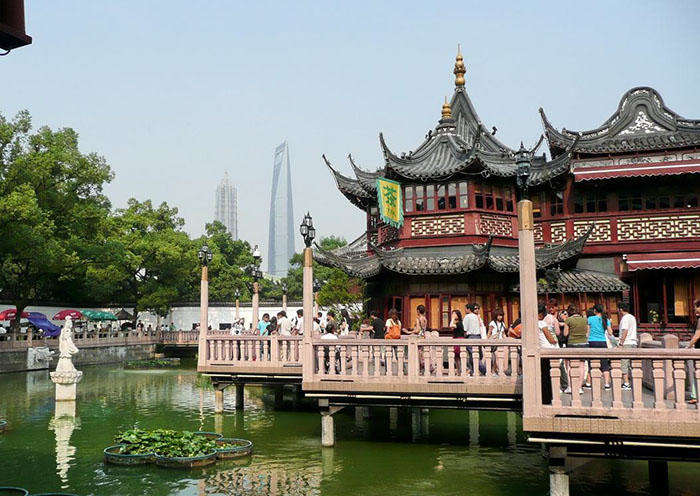

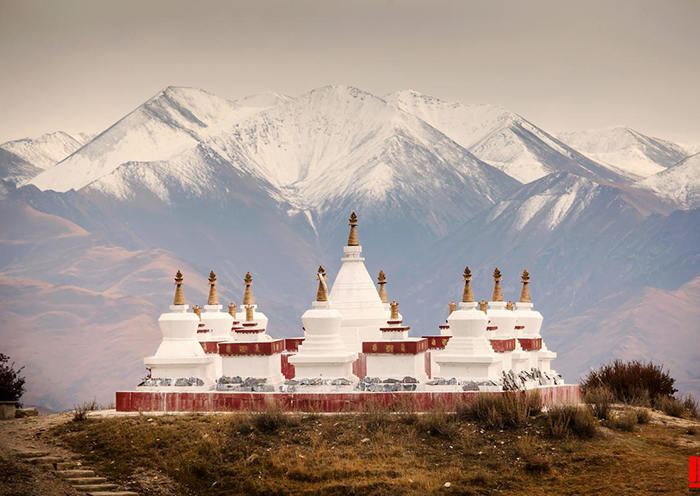
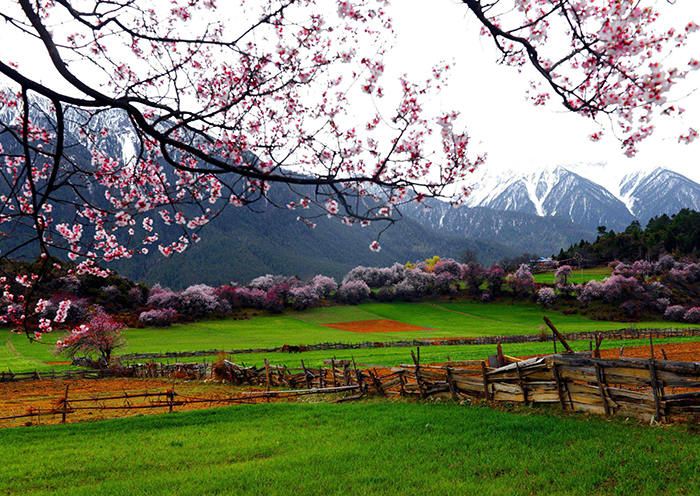
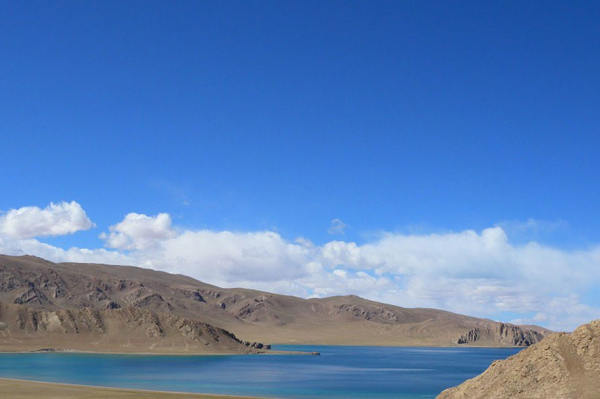
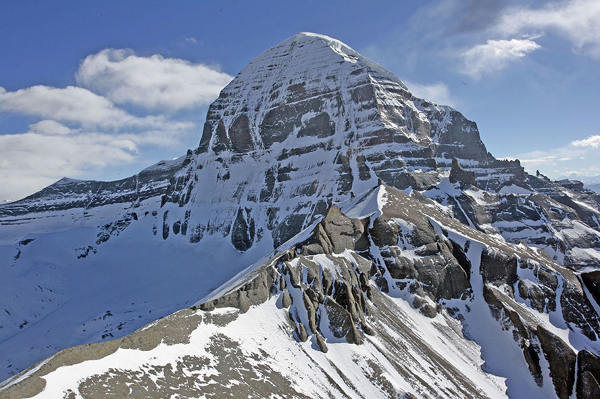
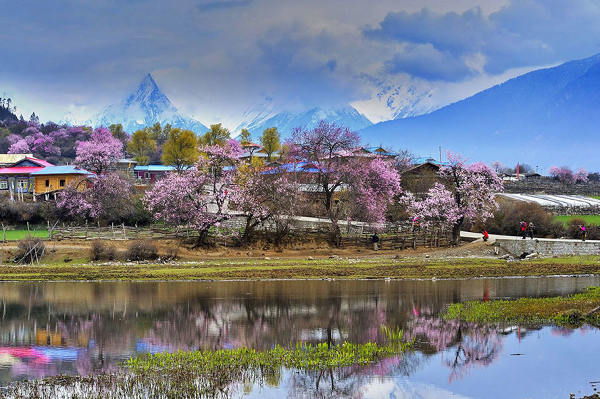
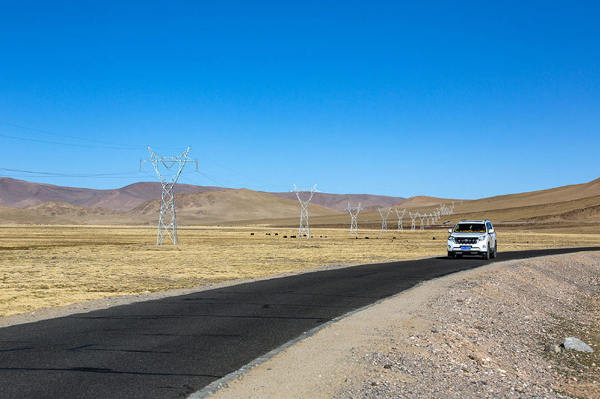

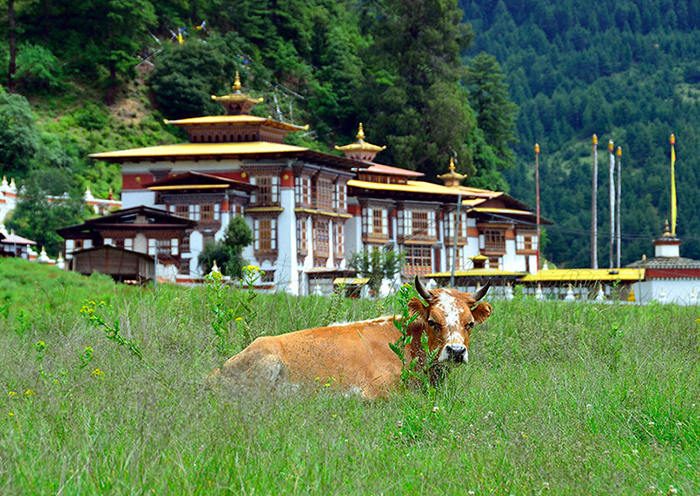






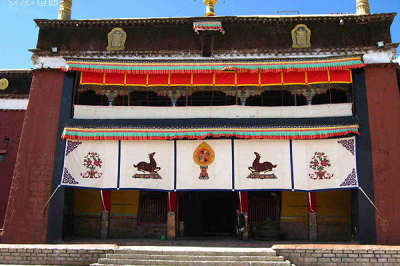


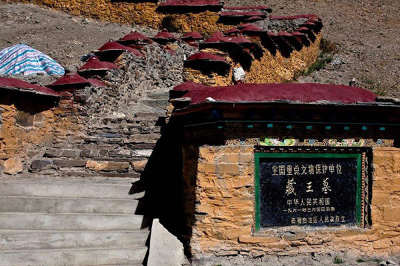

 Data in submission...
Data in submission...